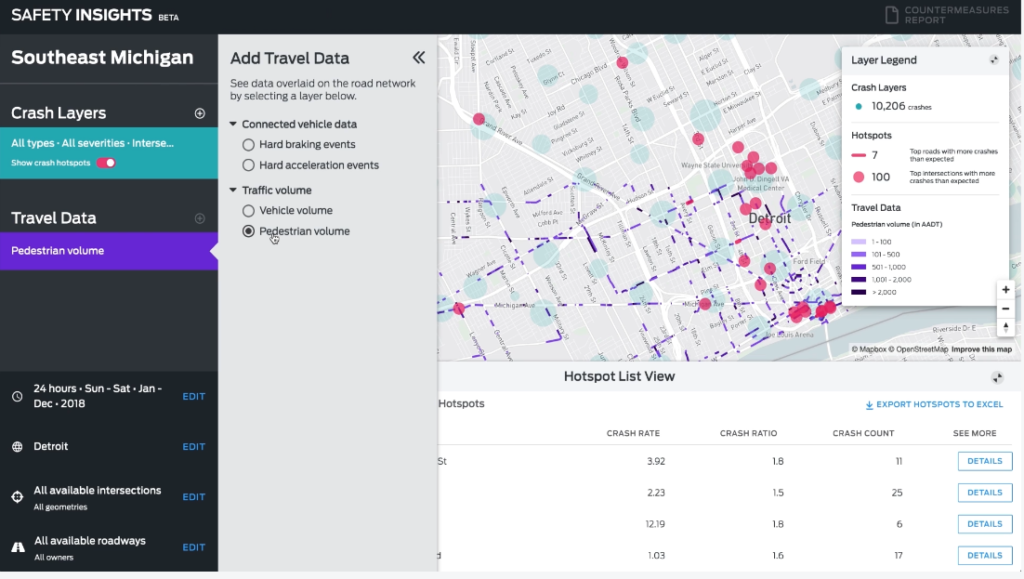I am a supporter of OpenMedia which is “a community-driven organization that works to keep the Internet open, affordable, and surveillance-free”. This morning, I filled out the OpenMedia Privacy Act Survey which has been adapted from the Canadian Department of Justice’s 50-Question Survey (open until February 14th).

Here are some questions that it asks:
5. To what extent do you agree or disagree with the following: I have a right to know if federal government departments or agencies are using artificial intelligence to make a decision that affects me.
6. To what extent do you agree or disagree with the following: I should have a right to request human involvement in a decision-making process about me that relies on computerized automated processes, such as artificial intelligence.
7. To what extent do you agree or disagree with the following: A federal government department or agency should be free to collect, use and share personal information that is readily available to the public, including information on a social media website.
8. How comfortable are you with a federal government department or agency sharing your personal information without your explicit permission with the following entities in circumstances where doing so would help carry out the same purpose the information was originally collected for? D) With a private sector for-profit business.
9. How comfortable are you with federal government departments and agencies sharing your personal information without your explicit permission with the following entities to achieve a purpose that is different from what the information was originally collected for? D) With a private sector for-profit business.
Then, later on this morning, I thought I would dive a little deeper into the recent agreement between Ford Smart Mobility Canada (the other FordNation) and the City of Windsor:
The City of Windsor is the first municipality in Canada to sign an agreement with Ford Smart Mobility Canada Company to access Ford Mobility’s Safety Insights platform. Ford Mobility is a business line within the Ford Motor Company that works with cities to better understand their unique challenges and then design targeted solutions that help improve the quality of life for residents.
Windsor the First Canadian City with Ford Safety Insights Platform, January 21, 2021
Ford Mobility’s award-winning Safety Insights tool enables cities like Windsor to streamline what can be a costly and time-consuming process of accessing and analyzing transportation data. By integrating this data into Safety Insights and supplementing it with simulations and solutions based on industry-standard best practices, cities can spend fewer resources on crunching data and focus on helping to improve the safety of their streets.
Like, Frazier Fathers, my first thoughts were that the City of Windsor already has both the data pertaining to car crashes and a GIS team that already has the ability to make inferences from that data.
Given that the platform is really just an online dashboard it certainly seems like the WEEDC is paying a lot for insights that they could be or already are being generated. I am curious how many man hours will be saved by this investment of $30,000 for 1 year.
A Few Thoughts on Week 45, January 24, 2021.
In 2018 the City released a report on the most accident prone intersections. This 2020 report on potential red light camera locations at the most dangerous intersections in the City.
Curious what possible insights Ford’s Safety Insight product might deliver, I watched its 2:49 promo video.
Here are some screenshots. The first is of the system’s crash layer. What can we glean from this? Well, it appears that in order for that type of information to be available to the City of Windsor, the City of Windsor is going to hand over the data that will identify what crash factors that has been recorded for each car crash to Ford.

This next screenshot caught my attention. How does Ford know the volume of pedestrians walking down these streets? Then I looked up what AADT stood for and learned that these are Annual Average Daily Traffic counts. Unless Ford is buying cell phone location data from brokers, this information might be coming from the City of Detroit.
Addendum:


This next slide gave me pause. It looks like the purpose of the Safety Insights dashboard to is generate calculations of the cost of future accidents versus the cost savings from investing in a countermeasure. I would like to believe that the human cost of a car accident is included in this calculation. I certainly hope so.

This is my favourite screen capture of them all. Ford Safety Insights is powered by MACHINE LEARNING.

Combining data provided by the city, FSIP uses artificial intelligence (AI), machine learning as well as industry-standard algorithms to reveal crash-reduction predictions. The results, said the FSIP reps, are actionable.
Smart city: Windsor is first Canadian city to launch Ford Safety Insights Platform to reduce crashes, N.F. Mendoza, Tech Republic, January 21, 2021,
So at the very moment in which the Federal Government is asking Canadians how we feel about handing over personal data to corporations and asking how we feel about artificial intelligence making decisions that may affect our safety, the City of Windsor announces this finished agreement, without any consultation from either residents or city council.
Does this mean that the decision whether there has been enough near-fatal accidents to have occurred at the intersection at your child’s school is enough to justify a stop sign will be made by an algorithm that has been trained been on American drivers, some driving Michigan lefts?
Does this mean that in future, the City of Windsor can hand over some or all of its data pertaining to residents to any private company in exchange for a discount of that company’s product?
I have yet to see any evidence that Ford’s Safety Insights system can deliver what it promises and do better than what our city staff can already provide. Is this project innovation or outsourcing?
Shouldn’t the City of Windsor first develop its own policy on how it will use machine learning in civic decision making and in doing so, ensure that there is also some form of human intervention in the cases that the machine has learned incorrectly or has embodied the structural biases from its training data?
These are not unreasonable questions to ask. There are historical precedents to these concerns.
For example, early attempts at using geospatial data to make firefighting more cost-effective that started in 1968 directly resulted to the death of thousands in New York City over the next decade.

This map was also published in 1968:

In her subsequent analysis, Warren uses this map as a jumping off point to discuss spatial justice more generally for the Black community. For example, most African-Americans work in the factories which are situated several hours from their community so they leave for work at 3 or 4AM because the buses only run once an hour. Those coming from the black community who do have cars are unable to get on the expressway between the hours of 3-5pm due to the timing of the stoplights. She uses these examples and others to unequivocally demonstrate that Detroit’s urban planning and transportation is inadequate and unjust for the Black community and calls for the DGEI to establish “Black planning” for the city of Detroit
Where Commuters Run Over Black Children, Detroit 1968, June 12, 2013, Alex B. Hill
It is safe to say that every person has had someone close to them either die in a car accident or know someone who has had someone beloved die in a car accident
As such, significant improvements to road safety should be greatly received and celebrated.
Unfortunately, the administration of the City of Windsor seems oddly slow to adopt practices that been proven greatly reduce the number of deaths such as reducing residential speed limits or find ways to establish protected bike lanes.
It makes you wonder if safety isn’t really their number one concern.

Comments are closed.